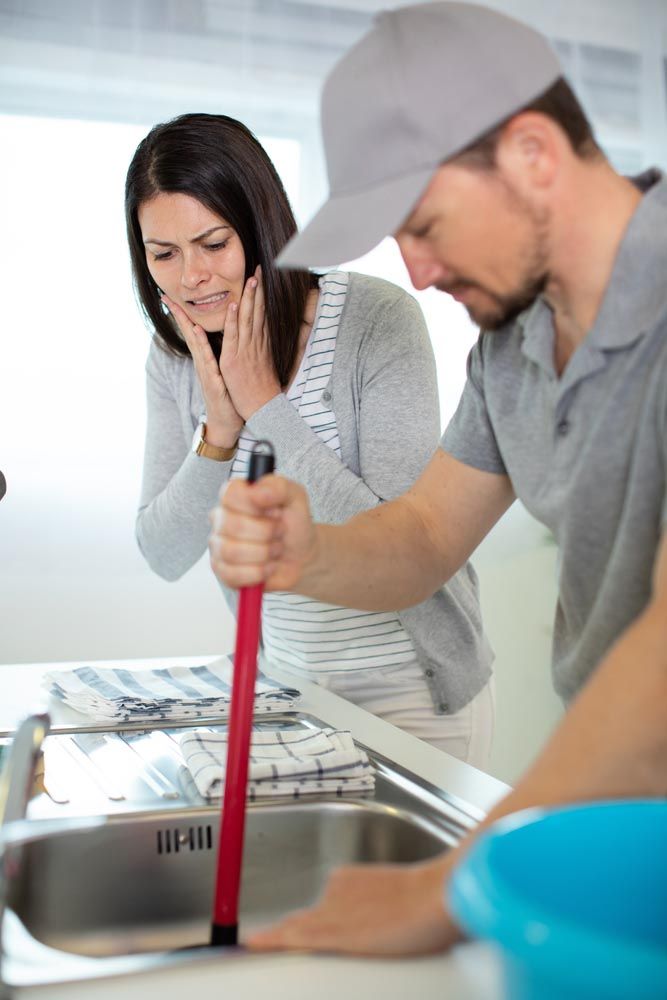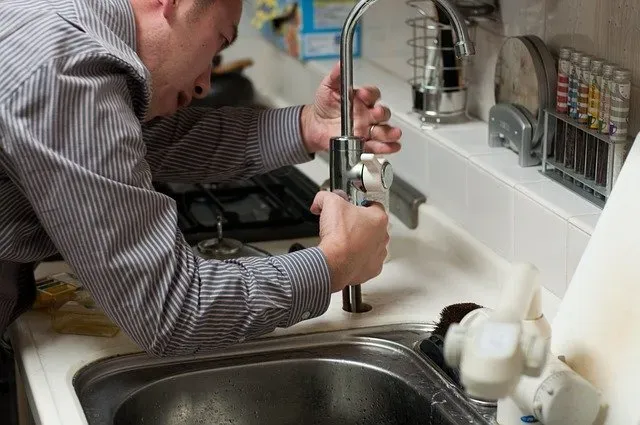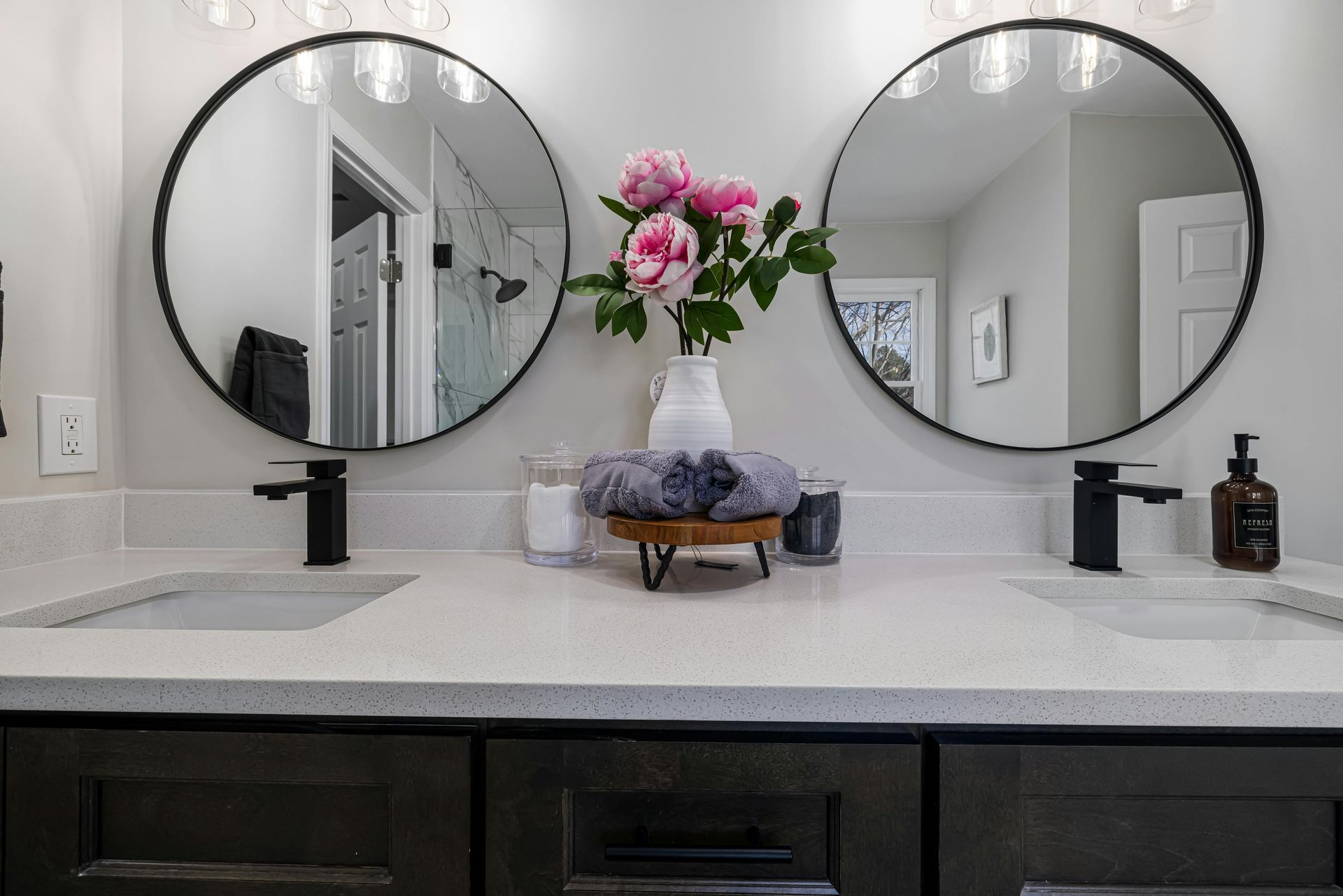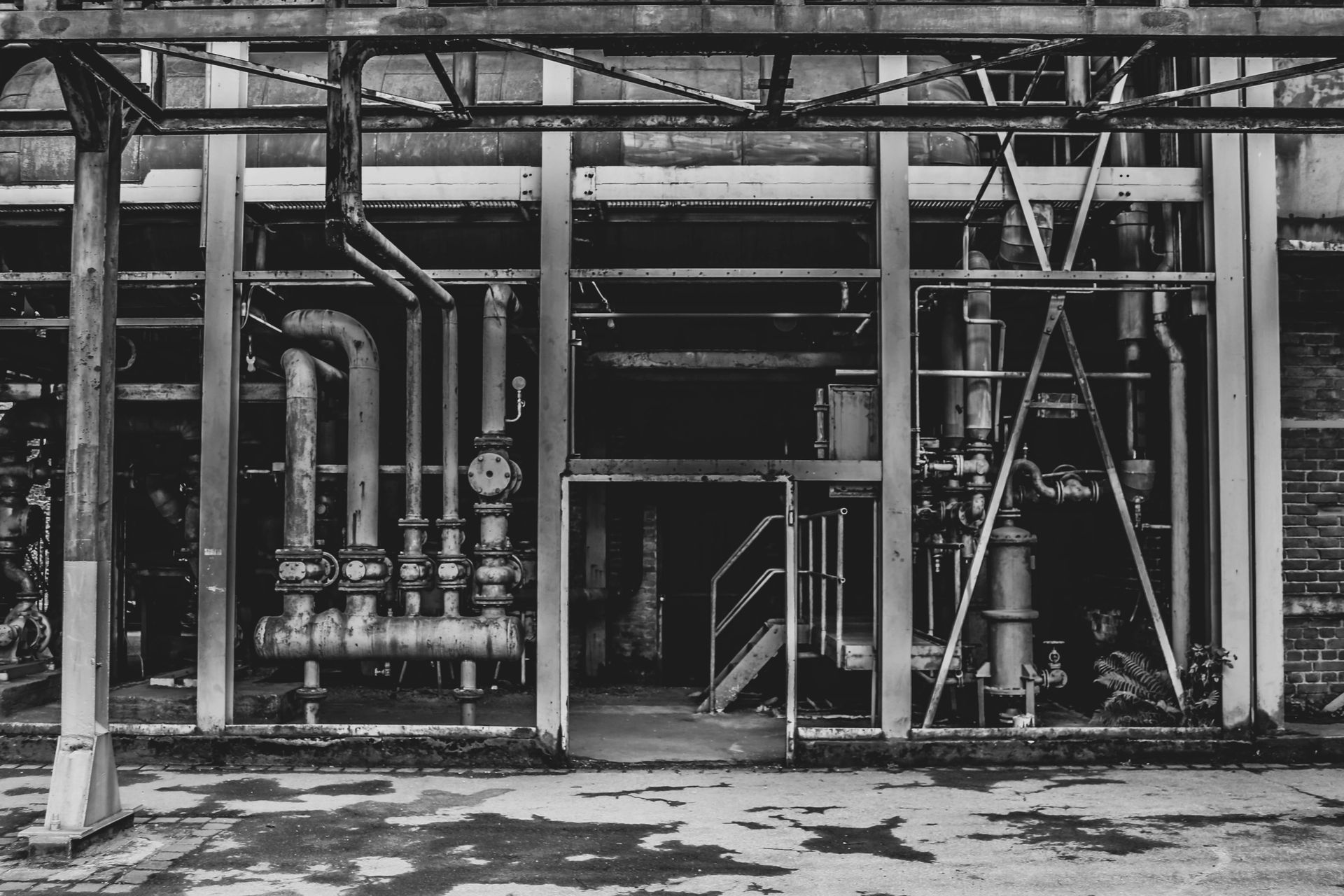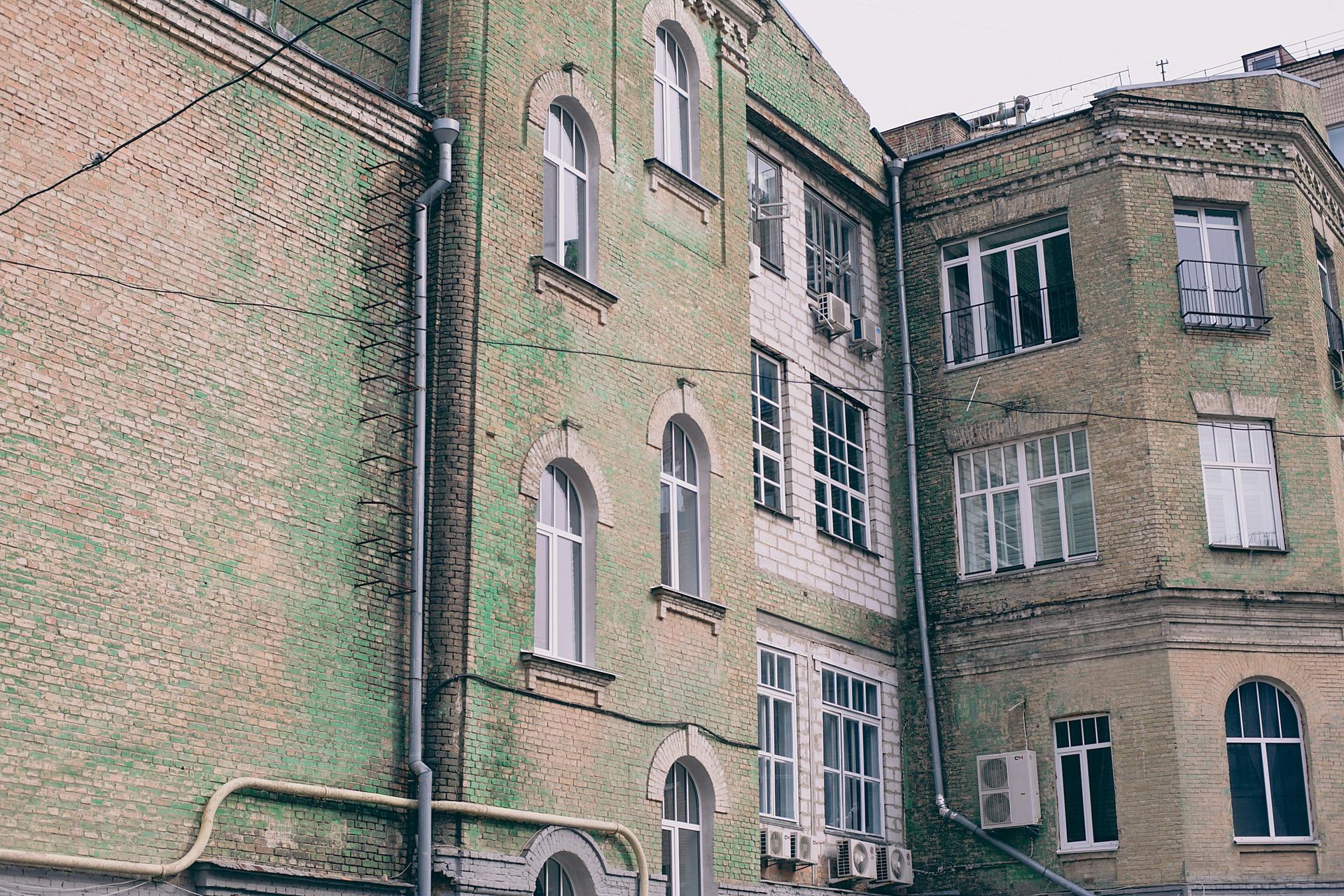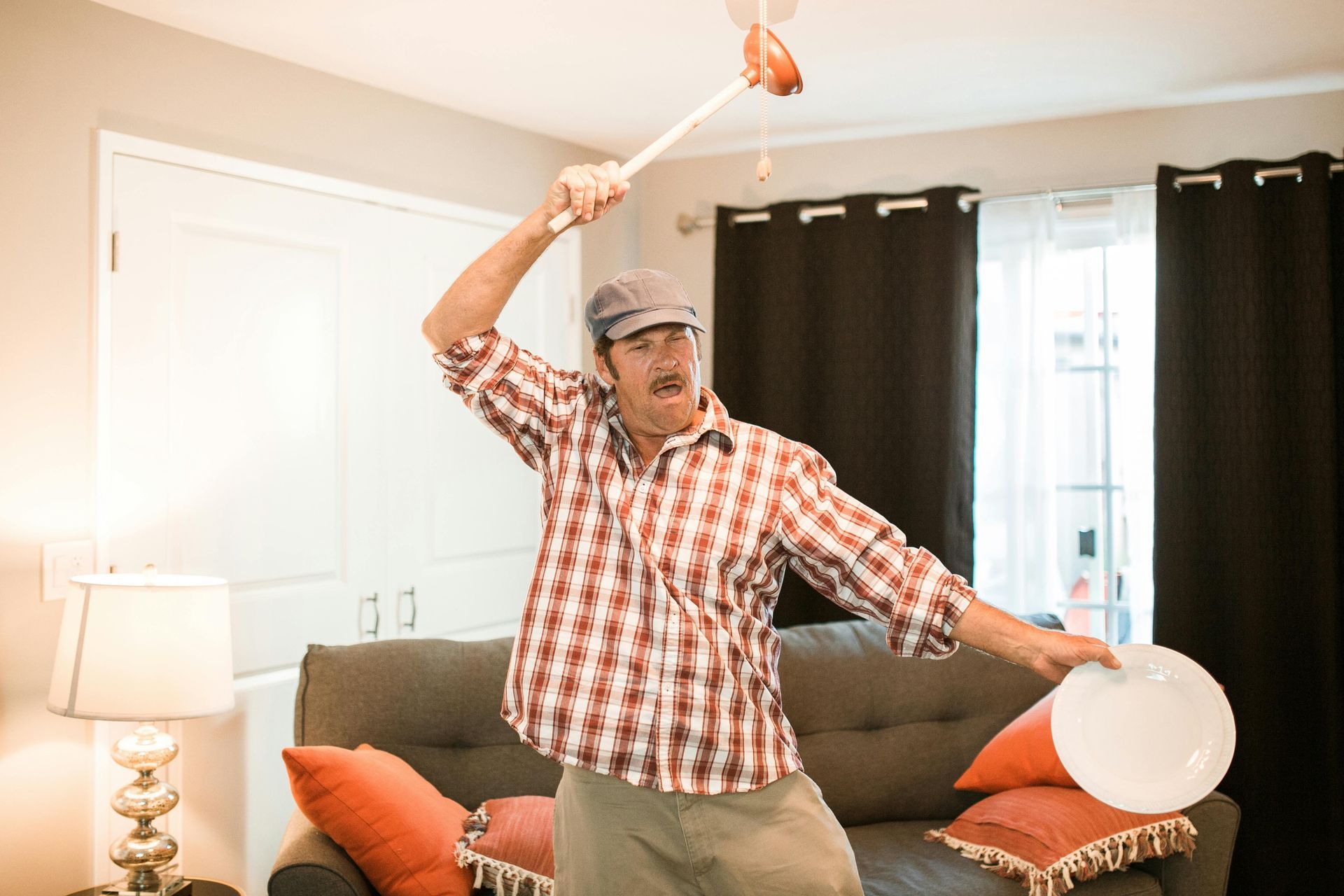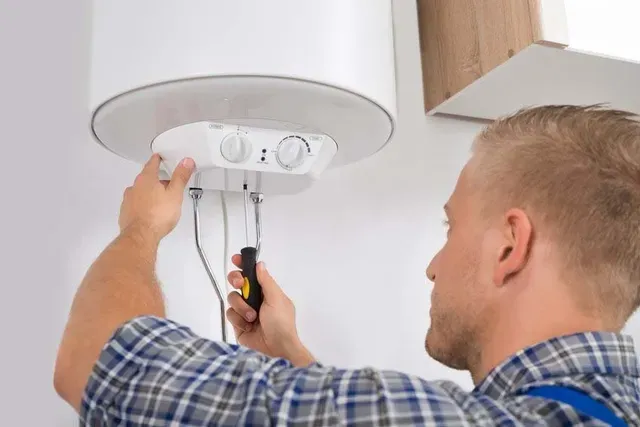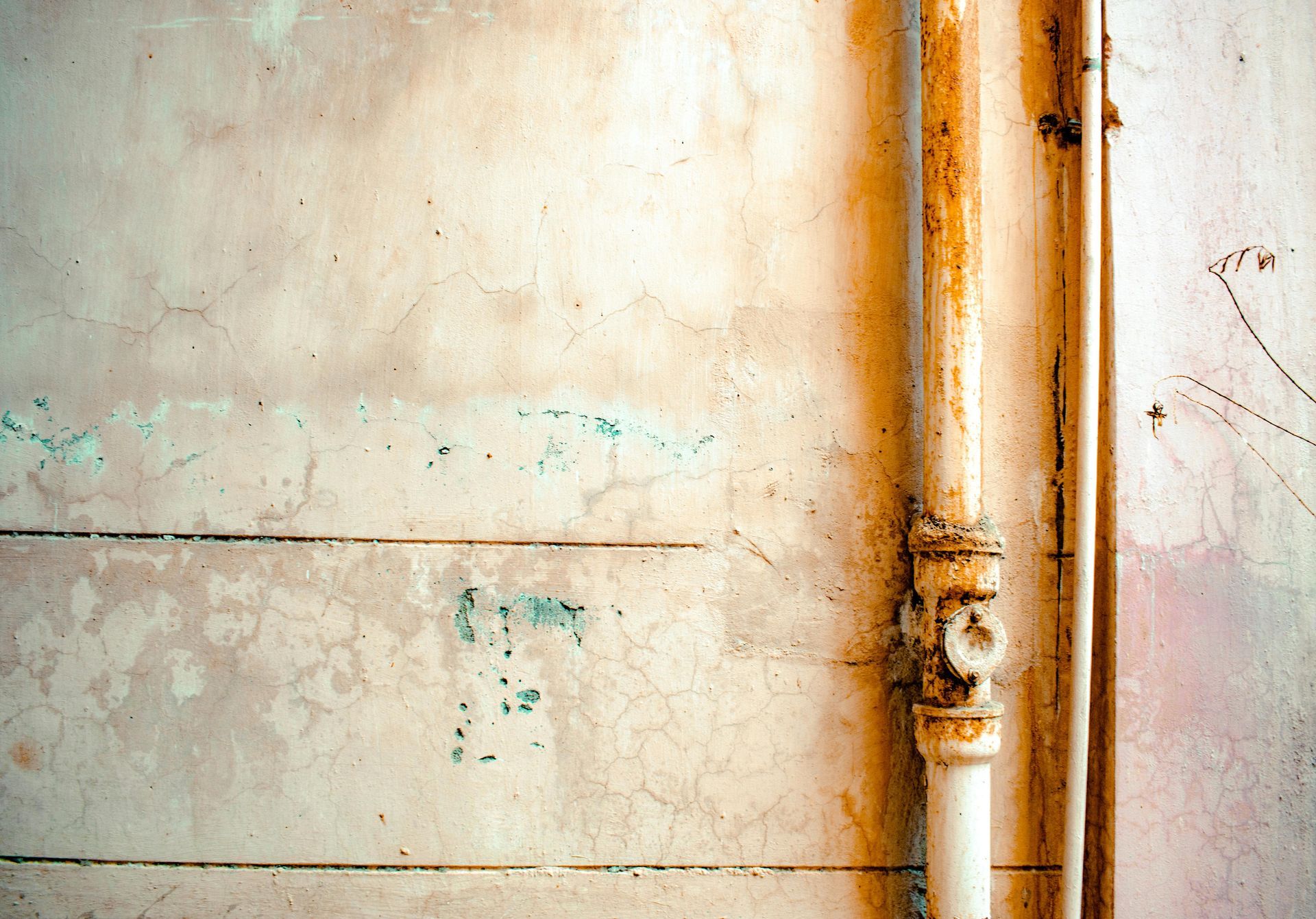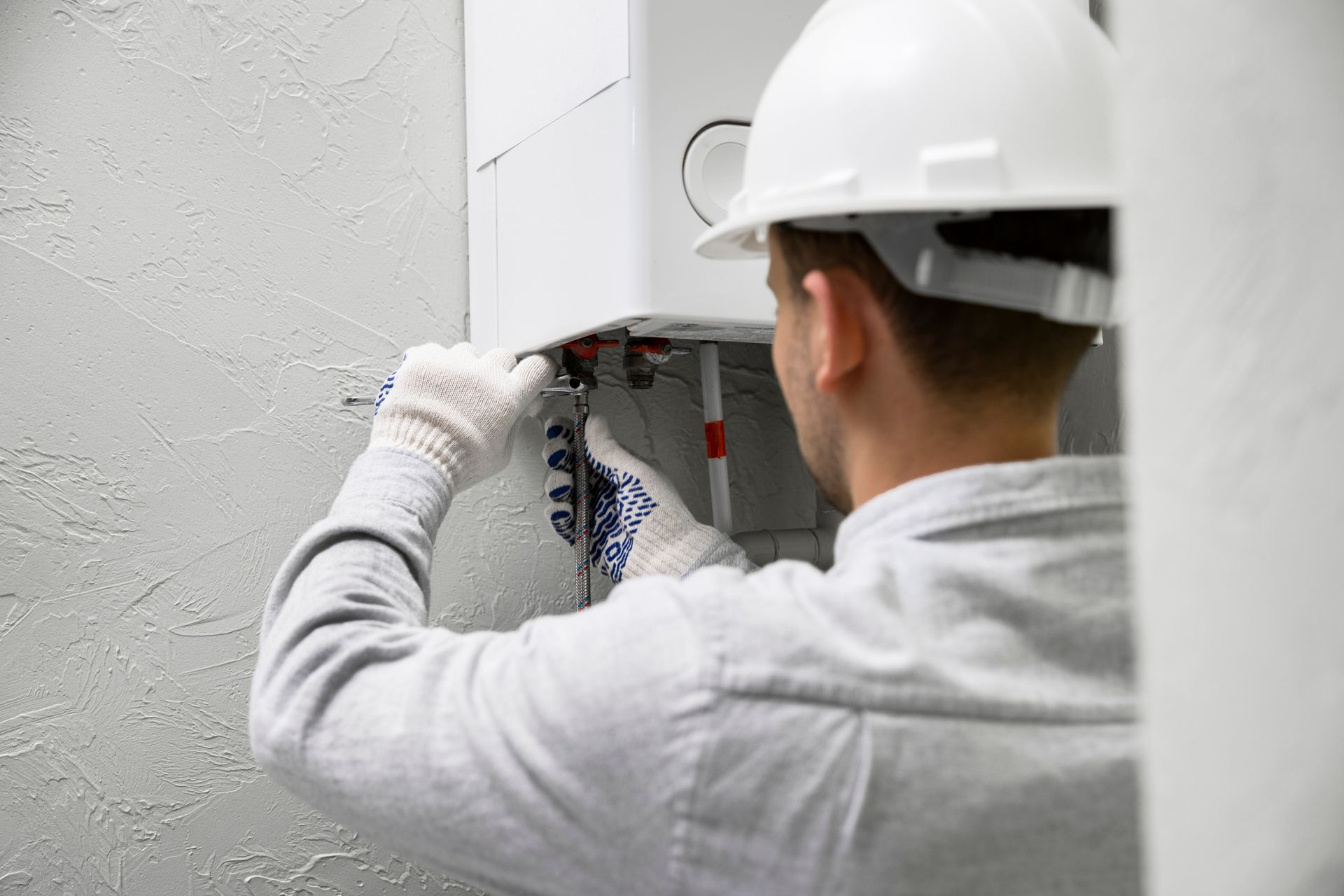How to Prepare Your Plumbing When Going for Vacation
Preparing your plumbing before leaving for vacation is a vital step to protect your home from potential water damage, costly repairs, and inconvenient emergencies. Whether your trip is a weekend getaway or an extended absence, taking the time to properly prepare your plumbing system ensures peace of mind and safeguards your property. This comprehensive guide will walk you through the detailed steps necessary to prepare your plumbing for vacation, incorporating expert advice on leak inspections, water shutoff, drain maintenance, and more.
The Critical Need to Prepare Your Plumbing for Vacation
Leaving your home unattended means your plumbing system is vulnerable to leaks, pipe bursts, and clogs that can escalate quickly without immediate attention. Even a minor leak can waste hundreds of gallons of water and cause structural damage or mold growth. Preparing your plumbing is not just a precaution but a necessary measure to avoid returning to a costly and stressful situation. This preparation includes checking for leaks, shutting off water supplies, draining pipes, and ensuring all fixtures are secure.
The phrase "waterline repair" often comes up in emergency situations caused by unattended leaks or bursts, underscoring the importance of pre-vacation plumbing care to avoid such costly interventions.
Step 1: Shut Off the Main Water Supply
The most effective way to prevent water damage during your absence is to turn off the main water supply. This valve is usually located near the water meter or where the water line enters your home. Turning it clockwise will stop water flow to the entire house, eliminating the risk of leaks or bursts while you are away.
Before shutting off the main valve, ensure all faucets and water-using appliances are turned off. If you have an automatic sprinkler system, you may want to leave it on or adjust its timer to maintain your landscaping. If you are unsure how to locate or operate the main shut-off valve, consulting a professional plumber is advisable to avoid accidental damage or confusion.
Step 2: Inspect for Leaks and Perform Necessary Repairs
A thorough inspection of your plumbing system is essential before you leave. Check all visible pipes, faucets, toilets, and appliances for leaks or signs of wear. Pay special attention to areas under sinks, around toilets, and near water heaters. Even slow drips can cause significant damage over time.
If you find any leaks, it is crucial to repair them before your vacation. Small leaks can develop into major issues, sometimes requiring emergency waterline repair if left unattended. If you are not confident in your ability to fix leaks, scheduling a professional plumbing inspection and repair is highly recommended.
Step 3: Drain Your Pipes and Fixtures
After shutting off the water supply, open all faucets, including sinks, bathtubs, and outdoor spigots, to drain residual water from the pipes. This step reduces the risk of water freezing in colder climates and prevents pressure buildup that could cause leaks.
Flushing toilets and draining your water heater is also important. For water heaters, turn off the power or gas supply before draining to prevent damage. Draining removes sediment buildup and prolongs the heater’s lifespan.
Step 4: Clean and Maintain Drains
Clogged drains can cause backups and unpleasant odors, especially when no one is home to address the issue. Before leaving, clear your drains using a plumber’s snake or natural cleaning agents like baking soda and vinegar. Knowing how to use a plumber’s snake effectively can help you remove blockages in sinks, showers, and tubs, ensuring smooth drainage during your absence.
Maintaining clean gutters and downspouts also prevents water from pooling near your foundation, which could indirectly affect your plumbing system.
Step 5: Secure Water-Using Appliances and Outdoor Plumbing
Appliances such as washing machines, dishwashers, and ice makers should have their water supply valves turned off to prevent leaks. Disconnect hoses if possible to avoid accidental water damage.
Outdoor plumbing requires special attention as well. Disconnect garden hoses, drain outdoor faucets, and, if feasible, shut off water supply lines to exterior spigots from inside the house. This prevents leaks, especially in cooler weather, and protects your home from water damage.
Step 6: Adjust Water Heater Settings to Vacation Mode
Most modern water heaters have a vacation mode or energy-saving setting. Activating this mode lowers the temperature, conserving energy while preventing the system from shutting down completely. For gas water heaters, set the gas valve to pilot mode; for electric heaters, reduce the thermostat or turn off the breaker.
This adjustment helps save energy costs and prevents potential overheating or damage during your absence.
Step 7: Test Safety Devices and Consider Professional Inspection
If your home has a sump pump, test it before leaving to ensure it functions properly. A working sump pump protects your basement from flooding.
Additionally, consider scheduling a professional plumbing inspection before an extended trip. Licensed plumbers can identify hidden issues, perform preventive maintenance, and give you confidence that your system is secure.
Conclusion
Preparing your plumbing for vacation is a detailed process that requires careful attention to multiple components of your home’s water system. From shutting off the main water supply and inspecting for leaks to draining pipes, cleaning drains, and securing appliances, each step plays a crucial role in preventing water damage and costly repairs, such as emergency waterline repair. Understanding how to use a plumber’s snake to clear drains is a valuable skill that can further protect your home from unexpected plumbing issues.
By following these comprehensive steps, you ensure your plumbing system remains safe and functional during your absence, allowing you to enjoy your vacation worry-free and return to a home in perfect condition.

